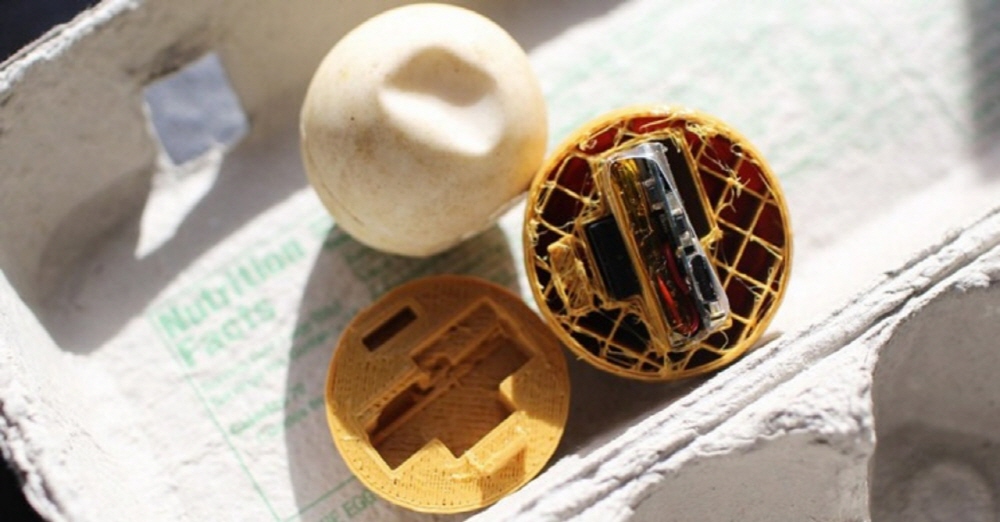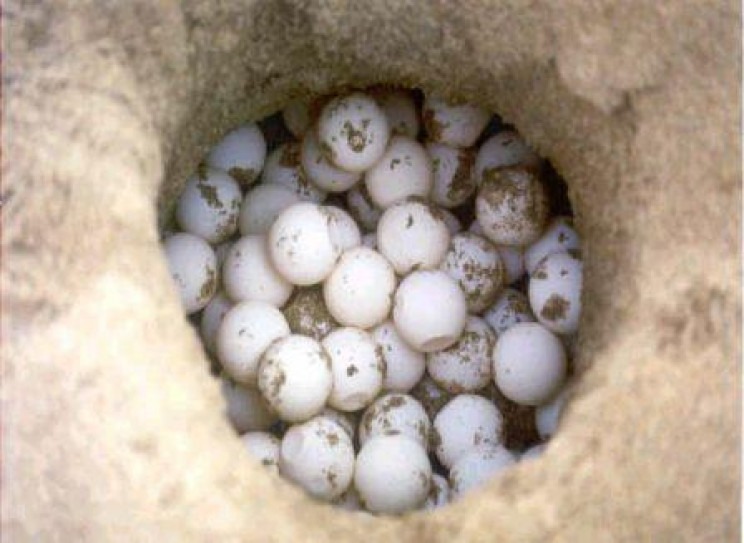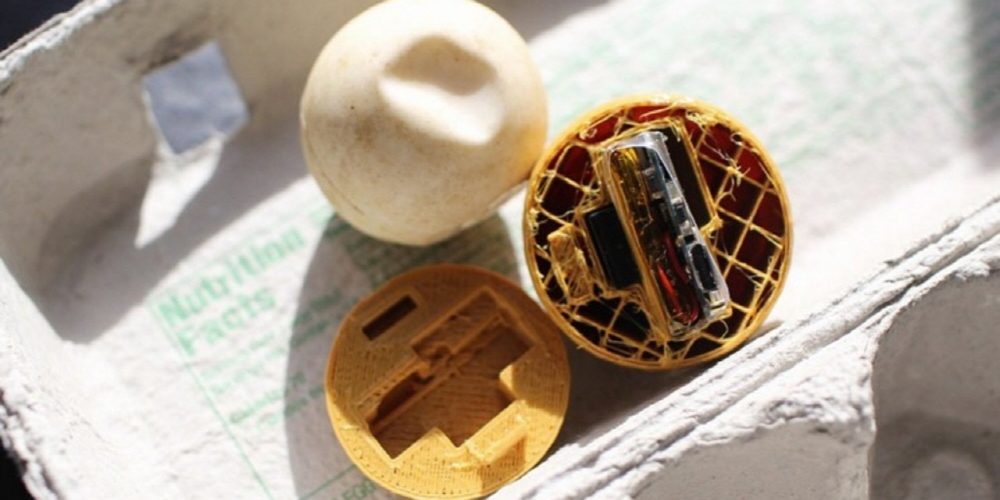
The number of sea turtles declines year by year and is now on the verge of extinction. Nevertheless, sea turtle eggs are being poached. To prevent such poaching, a fake egg with GPS is placed in the turtle egg.
Sea turtles lay over 100 eggs in one spawn. It gives birth to more than 100 in one spawning, but the probability of growing in the sea of hatched baby turtles is quite low. Because it can be swallowed by fish and algae waiting in the sea. Animal protectors hatch in a safe place and send them to the sea, but it is difficult to completely prevent poaching.
For this reason, they developed InvestEGGator, a fake egg using a 3D printer and GPS. Professor Williams-Guillén’s research team, who developed the product, put a small GPS device inside the flexible plastic material, Ninjaflex, to make realistic eggs.

The eggs are placed in sea turtle spawning sites around Costa Rica, and poachers can steal Investgaitors and follow them with GPS signals. The research team put one investigator into individual spawning holes on four beaches in Costa Rica. Of the total, 101 remain and 25 are said to have been stolen. Six were thrown away and five were well tracked. One arrived at a supermarket 137 km away.
The research team revealed that all eggs could be tracked using GPS. There are seven types of sea turtles, all of which are banned from commercial transactions under the Washington Treaty. Permission is required for academic research. In the case of Pacific longevity turtles and Mediterranean sea turtles, the number is declining, and urgent measures are required. The background of poaching sea turtle eggs is said to have expectations for increased libido in addition to pure food.
When a fake egg carrying a GPS becomes active and the local poaching network is revealed, the day may come to stop such poaching and trading. Related information can be found here .


















Add comment